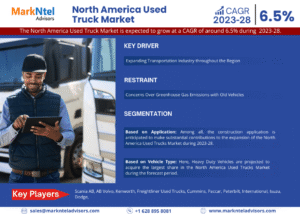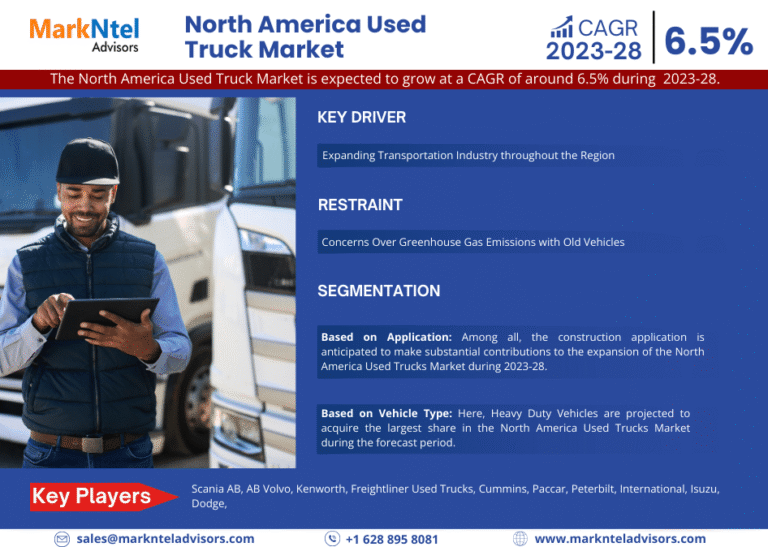Automation has always played a critical role in industry evolution. Today, cutting-edge automation is reshaping the way businesses operate and grow. From streamlining processes to boosting productivity, automation has become indispensable in staying competitive.
What Is Cutting-Edge Automation?
Cutting-edge automation refers to advanced systems and technologies designed to perform tasks with minimal human intervention. These systems integrate artificial intelligence (AI), machine learning (ML), robotics, and IoT to deliver precision and efficiency. Unlike traditional automation, cutting-edge systems are adaptive, intelligent, and capable of handling complex tasks.
From manufacturing to healthcare, cutting-edge automation is helping industries achieve operational excellence and innovation.
Benefits of Cutting-Edge Automation
1. Improved Efficiency
Automation reduces the time and effort required to complete tasks. Processes that took hours can now be done in minutes.
2. Cost Reduction
By minimizing human errors and streamlining operations, automation helps organizations save significant costs.
3. Consistent Quality
Machines operate with high precision, ensuring uniformity and reducing errors in products or services.
4. Scalability
Automation systems can handle increasing workloads without compromising performance. This makes scaling operations seamless.
5. Enhanced Safety
In hazardous environments, automation reduces risks by taking over dangerous tasks, and ensuring worker safety.
6. Real-Time Data
Automation systems collect and process data continuously, providing actionable insights to improve decision-making.
Applications of Cutting-Edge Automation
1. Manufacturing
Automation in manufacturing includes robotics for assembly lines, predictive maintenance, and supply chain optimization. This leads to faster production and reduced costs.
2. Healthcare
In healthcare, automation assists in diagnostics, surgical procedures, and patient monitoring, improving accuracy and patient outcomes.
3. Retail
Automation tools, such as chatbots and inventory management systems, enhance customer experiences and streamline operations.
4. Agriculture
Smart farming tools, like automated irrigation systems and drone monitoring, optimize crop yields and reduce resource wastage.
5. Logistics and Transportation
Automation in logistics includes self-driving vehicles, warehouse robots, and route optimization, ensuring faster deliveries.
6. Finance
In finance, automated systems handle fraud detection, risk analysis, and transaction processing with remarkable speed and accuracy.
Challenges in Adopting Cutting-Edge Automation
Despite its benefits, implementing automation comes with challenges. Addressing these hurdles is essential for successful integration.
1. Initial Costs
Cutting-edge automation systems require significant upfront investment. However, the long-term savings often outweigh the initial expense.
2. Workforce Displacement
Automation can lead to job displacement. Upskilling and reskilling workers is vital to balance this impact.
3. Cybersecurity Risks
Automated systems are vulnerable to cyberattacks. Ensuring robust cybersecurity measures is critical for protecting sensitive data.
4. Maintenance Requirements
Automation systems require regular maintenance to function optimally. Organizations must allocate resources for upkeep.
How to Successfully Implement Cutting-Edge Automation
1. Assess Your Needs
Identify areas in your operations where automation can have the most impact. Focus on tasks that are repetitive, time-consuming, or prone to errors.
2. Choose the Right Technology
Select automation tools that align with your goals and industry requirements. Research thoroughly before making a decision.
3. Train Your Workforce
Prepare your team for automation by providing training and upskilling opportunities. A knowledgeable workforce ensures a smoother transition.
4. Monitor and Evaluate
Continuously monitor the performance of automation systems. Use data insights to make improvements and ensure efficiency.
5. Start Small and Scale Gradually
Begin with small-scale automation projects. Once you see positive results, expand to other areas of your business.
The Future of Cutting-Edge Automation
As technology continues to advance, automation will play an even more significant role across industries. AI-driven systems will become smarter, enabling them to handle highly complex tasks.
Automation will also integrate seamlessly with other emerging technologies like blockchain, augmented reality, and quantum computing. These advancements will unlock new opportunities for innovation and growth.
However, the human element will remain critical. Automation is a tool, not a replacement. Combining human creativity with automated efficiency will lead to truly groundbreaking outcomes.
Conclusion
Cutting-edge automation is transforming industries, driving efficiency, and unlocking potential like never before. Businesses that embrace these technologies stand to gain a significant competitive advantage. By implementing automation thoughtfully, organizations can achieve more with less effort, time, and resources.
Are you ready to embrace cutting-edge automation? Take the first step toward streamlining your operations and achieving unparalleled efficiency. Begin your automation journey today!













